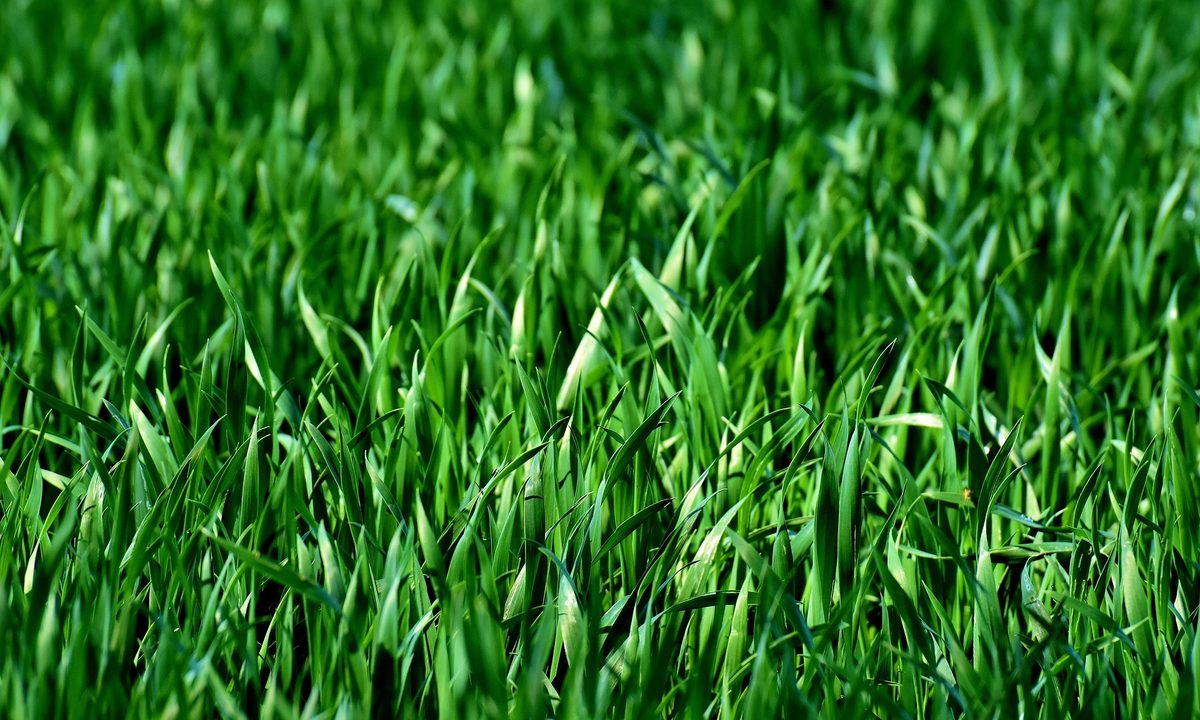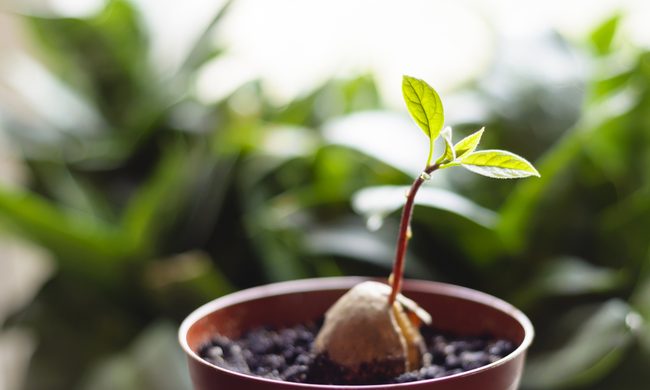A beautiful, lush green lawn is something that many homeowners strive for, but sometimes cultivating that lawn can be quite the headache. Getting your seeds to germinate and grow into thick, healthy grass requires balancing all of its needs. For such a simple plant, grass sure does need a lot of attention! Watering, mowing, dethatching, aerating, and reseeding your lawn can take a while to figure out, but it's easier with the help of a guide.
Different varieties of grass seed can have different challenges, but one of the most common questions people have is how to water grass seed. Too much water can drown the seeds or wash them away, but not enough water can result in seeds going dormant. If you're worried about watering grass seed incorrectly, this guide is for you. Here's everything you need to know about how to water grass seed.
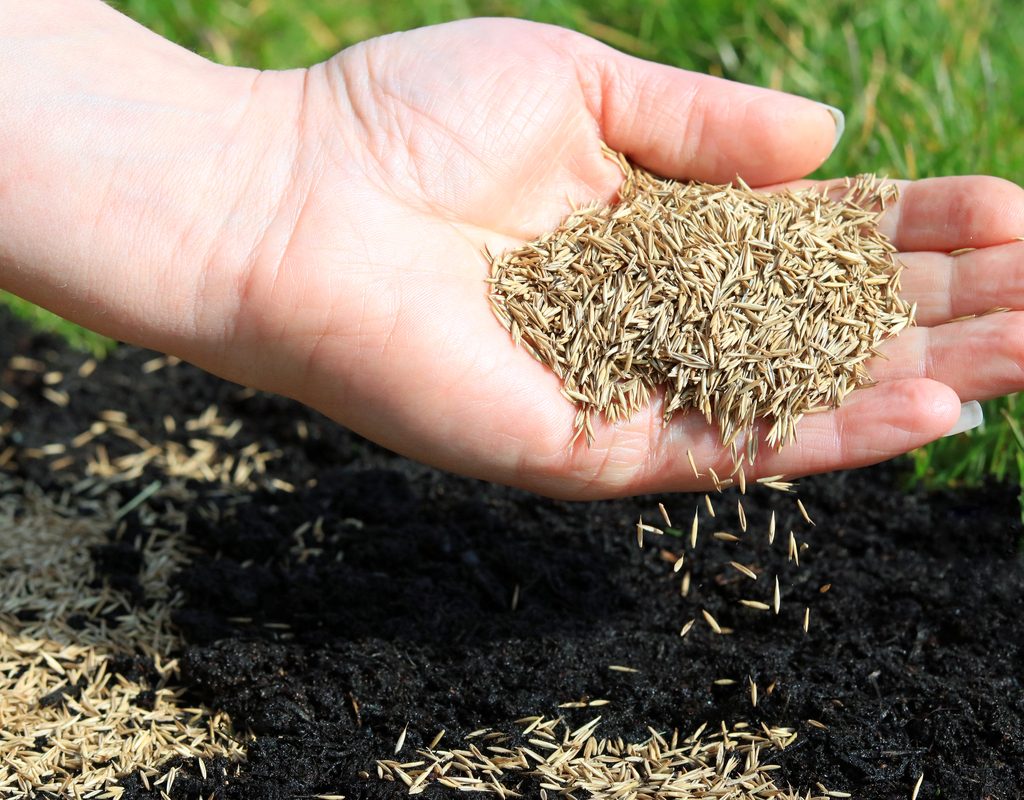
What factors impact watering schedules?
When it comes to your watering schedule, there are some obvious outdoor elements to consider. When it’s dry outside, you should water more frequently, but if it’s raining, you don’t need to water as much.
Believe it or not, you also have to consider the wind. If it’s dry and windy, your seeds are much more likely to be blown away, but if the soil is wet, the seeds can sink slightly into the earth, giving them a little more protection to keep them in place. If you know it’s going to be a dry and windy week, consider moistening the soil first or setting up a temporary wind break.
Additionally, while different grass varieties need different amounts of water once they’re fully grown, grass seeds are more or less all the same. The only difference between varieties that truly impacts watering schedules is how quickly they grow. Once your grass is about an inch tall, it needs to be watered less often than seeds. So seeds that germinate and grow quickly will need less water than slower-growing grass seeds.
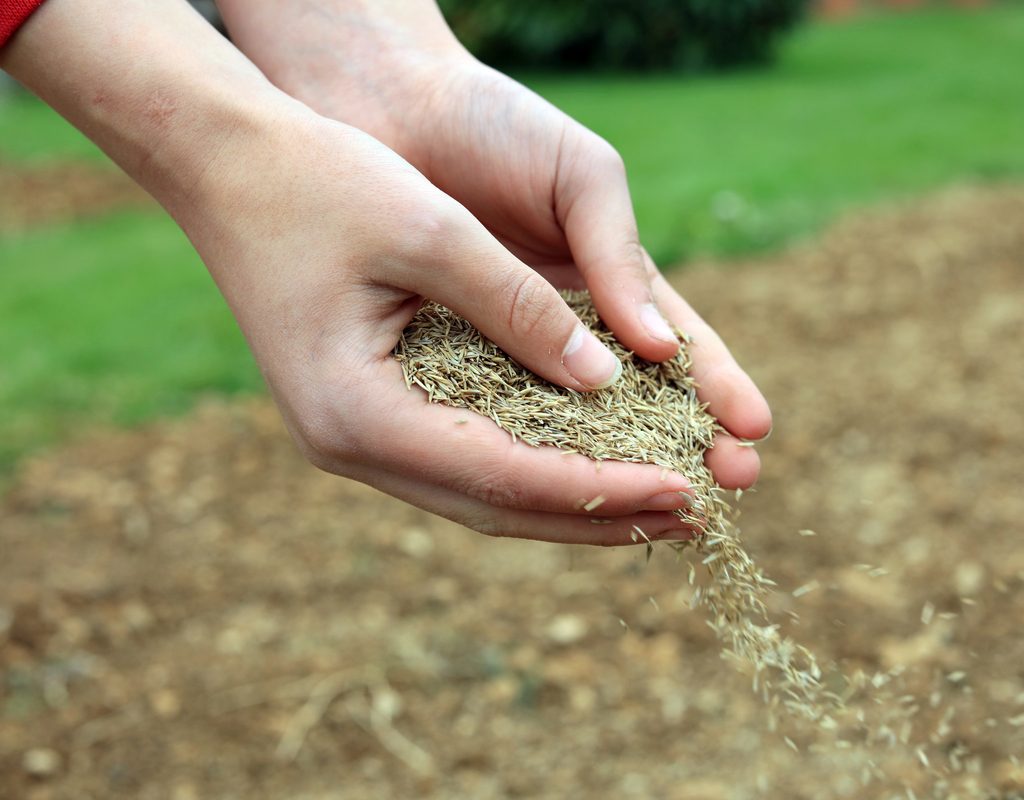
What is the ideal schedule for watering grass seed?
It’s dangerous to both underwater and overwater your seeds, so it’s crucial to find that watering sweet spot. Here's how to find it:
Step 1: Water your grass seeds daily, except for days when it rains. Watering your grass seeds directly before or after a storm leads to overwatering.
Step 2: Wait until the hottest part of the day has ended (but before sunset) to water your seeds. Having wet soil overnight can lead to fungal infections, so give your soil plenty of time to dry out before it gets dark.
Step 3: Water the seeds frequently but with small amounts of water. The top 2 inches of your soil should be moist, but not soggy. This typically takes 5 to 10 minutes of watering to achieve, depending on how moist your soil was to start with.
Step 4: Calculate how much water your lawn needs by measuring how much water it takes to moisten 1 square foot of ground, and then multiply this by the total square footage of your lawn.
Step 5: Angle your water hose so the water is coming from above the seeds — spraying water directly onto your seeds could wash them away. A spray attachment is helpful for this, but you can also place your thumb over part of the opening to achieve the same effect.
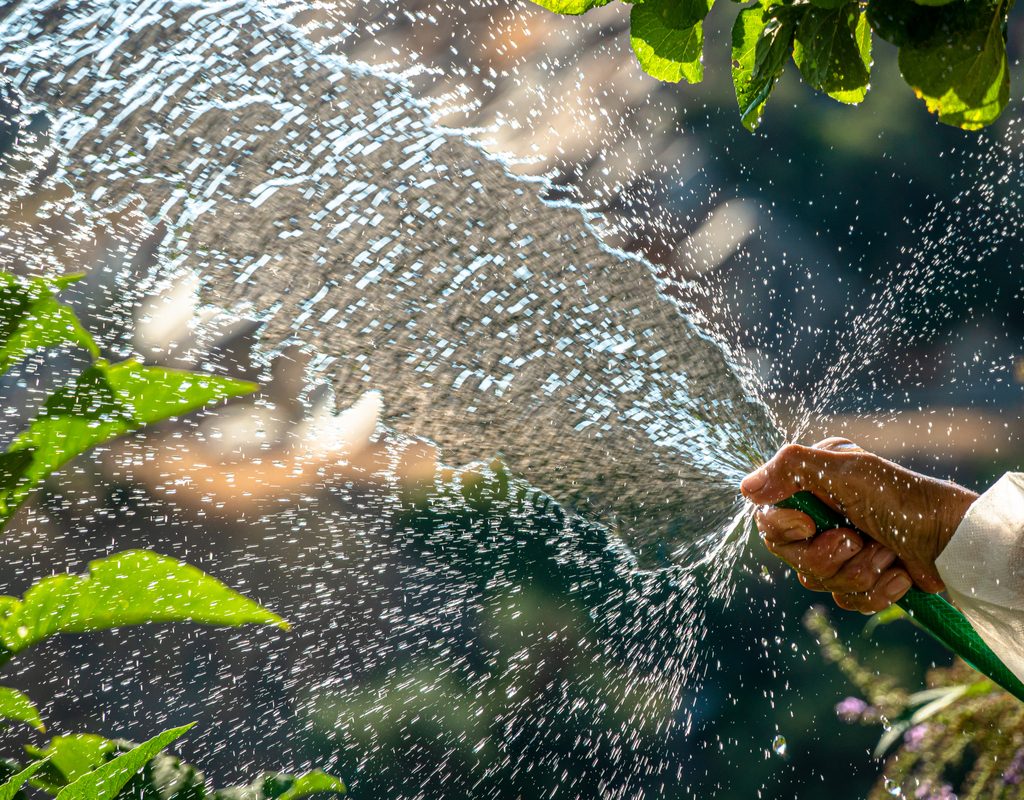
Should you seed your lawn in dry or moist soil?
Lay down your seeds when your soil is wet. This jump-starts the seeds, letting them know that it’s time to get growing. Scattering them over dry soil leaves your seeds vulnerable to birds and the wind — plus, they could simply go dormant. Additionally, moist soil is easier for roots to move through, while dry soil can be harder or more compact.
Here's how to properly prepare your soil:
Step 1: Soak your lawn thoroughly for several days before you plan to seed your lawn.
Step 2: Make sure the top 6 inches of your soil are wet. This will loosen the soil and give a hearty water supply to the incoming grass seeds. If seeds are introduced to watered, loose soil, they should be able to start germinating right away.
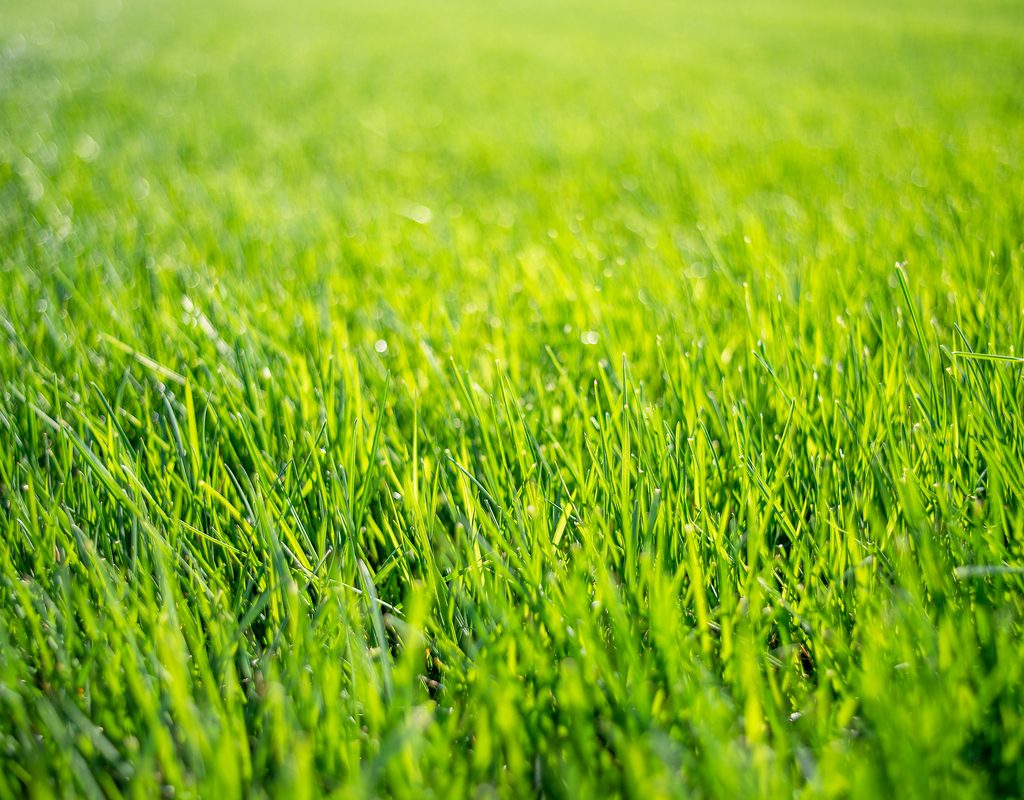
Which grass varieties need the least water?
Grass seeds all require roughly the same amount of water until they grow to about 2 inches tall. Once they’re tall enough, you can switch to an adult grass watering schedule. Fully grown grass only needs 1 to 2 inches of water each week, meaning it takes less water than seeds.
There are two approaches you can take from here:
- Quick-growing grasses, such as ryegrass and tall fescue. Grass that germinates quickly will require less water since it will spend less time as moisture-loving seeds.
- Drought-tolerant grasses, such as Bermuda grass, fescues, buffalo grass, and St. Augustine grass. Drought-tolerant grass will use less water throughout their lifespan.
The overlap between these two lists, tall fescue, is likely your best bet for overall water conservation.
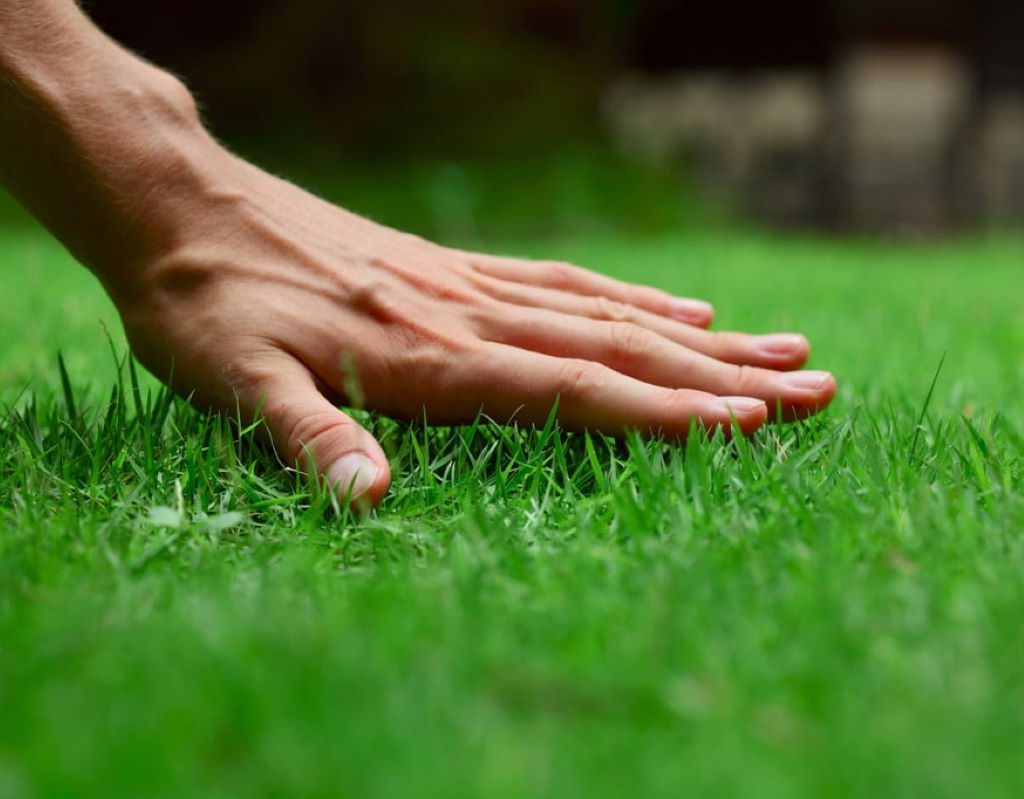
How long will the grass take to grow?
The answer to this question is entirely dependent on the type of grass you plant and the climate zone where you live, so be sure to do your research so you know what to expect.
That said, typically, it can take anywhere from a few days to a month for grass seed to grow. If you’re wondering how long it’ll be before you can start mowing your lawn, the answer is somewhere between three and four weeks.
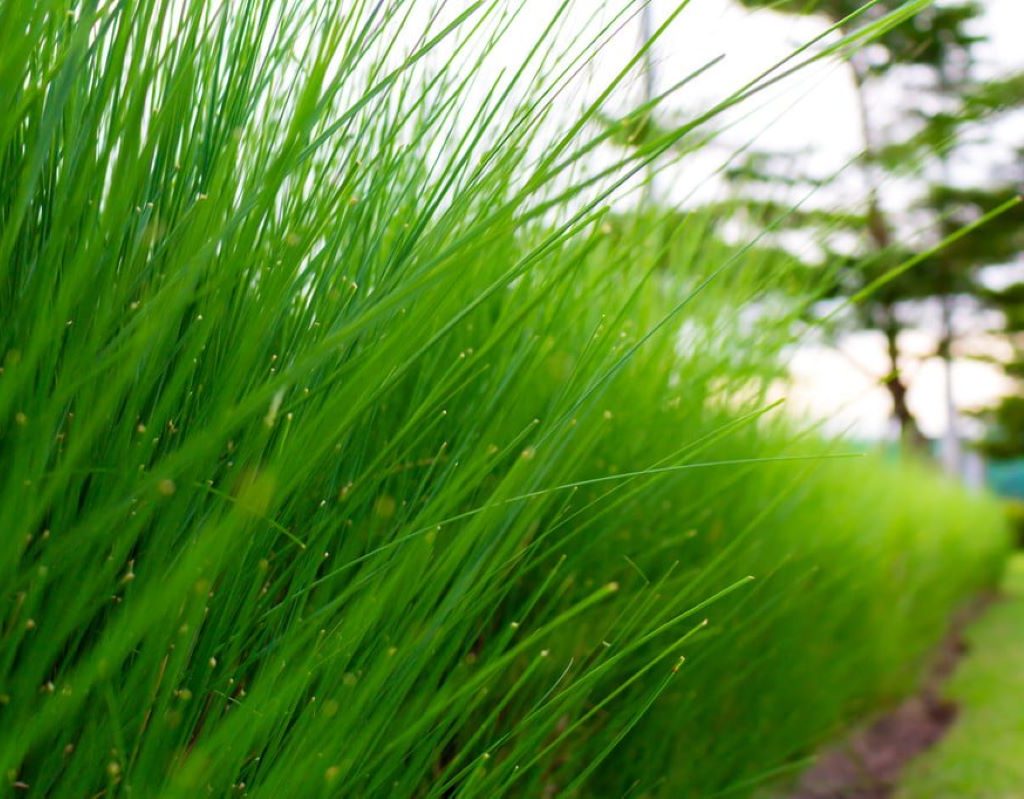
How to water grass during a drought
If your area is in the midst of a water advisory, then using fresh water on your lawn isn’t the best idea. Luckily, there are some great options to keep your lawn growing without contributing to water shortages (that is if you don’t want to design a drought-proof lawn). Here's what to do:
Step 1: Use a rain barrel to collect water before a drought starts. While you won’t be collecting any rain during a drought, you can collect water throughout the year with rain barrels and be prepared if a water shortage ever occurs.
Step 2: Reuse water from other activities. Water that’s been used for cooking, especially water that has been boiled, is great for watering your lawn. Just don’t use it while it’s still hot. Water that was used for cleaning or bathing is a potential option, but it depends on what soaps or cleaning liquids may have been added to it. If you aren’t sure if the soaps you used are OK to put into the soil, it’s best not to use them on your lawn.
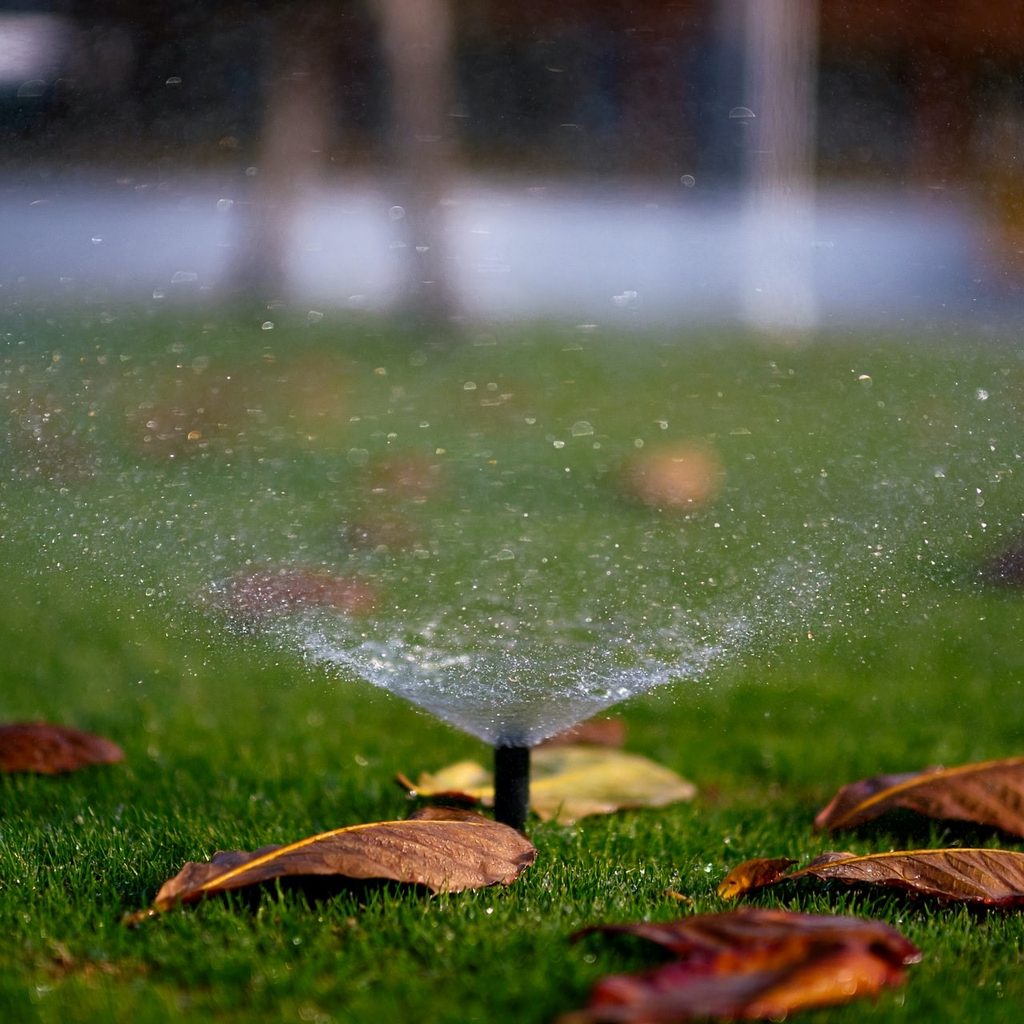
Improving water retention so you can water less frequently
If you want to water your grass seeds less often, then you'll need to keep the water from evaporating too quickly. In most cases, a layer of mulch is the go-to tool for stopping evaporation, but this won't work for grass seed. Mulch is typically too heavy for grass sprouts to push through. Here's what to do instead:
Step 1: Spread a thin layer of straw over the lawn.
Step 2: Mix compost, leaf mulch, or peat moss into the soil before planting.
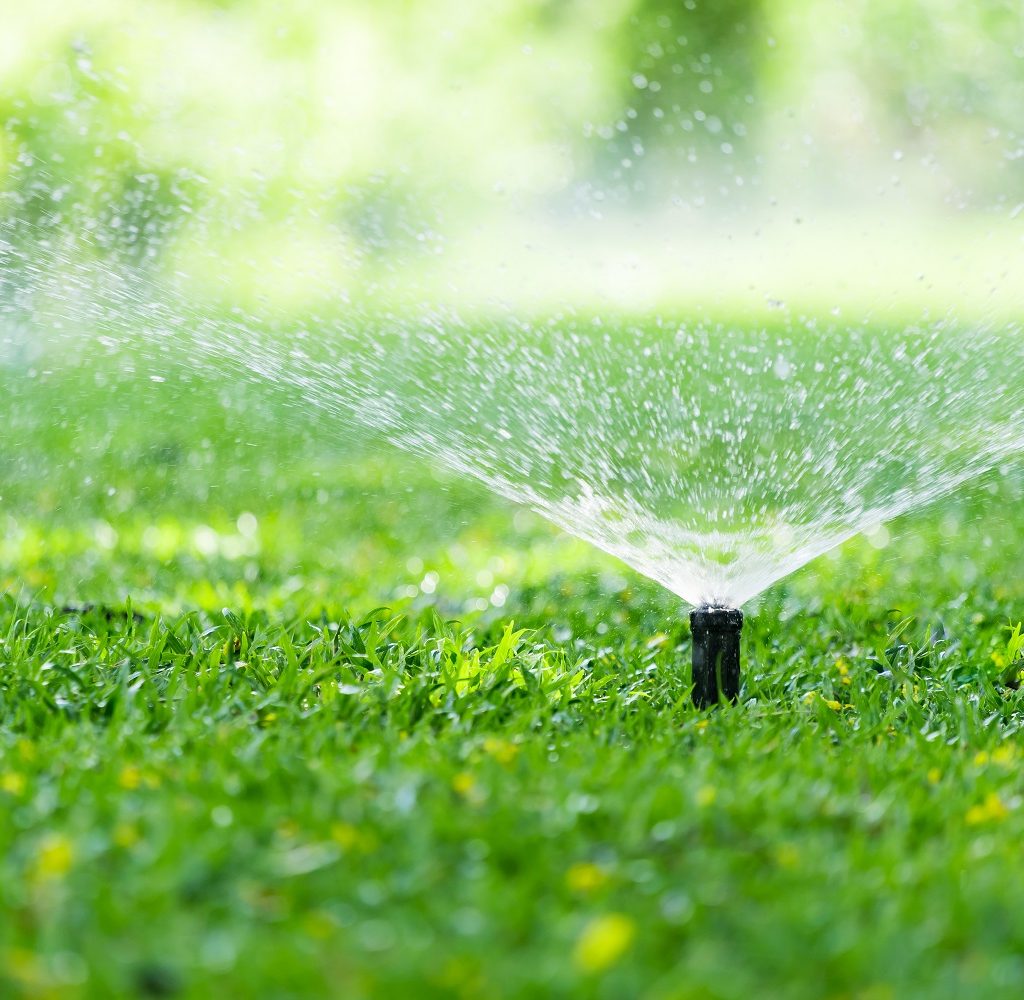
Can you water grass seed multiple times a day?
Watering new grass seeds daily should usually be sufficient in most cases, but you can, in fact, water your grass seed multiple times a day if the conditions warrant it. Specifically, you might want to water more frequently if you're undergoing hot temperatures or windy weather with little rain. In such conditions, you might find yourself watering your grass seeds two or three times per day.
As the seeds grow into grass blades, you can cut your watering schedule down to a few times a week. Just make sure that each time you're watering your seeds, you spend around 5 minutes watering. To be more efficient with your water usage, refer to some of the water conservation tips we've covered above.

Does the type of water matter when watering grass seed?
The type of water you use can make a difference, but it depends largely on where you live and how your water is treated. Softened water is typically not good for your lawn or your garden, as it can contain a higher level of salts than other types of water. Plants are generally more sensitive to salt, and salt buildup in the soil can be devastating for your grass and garden.
Hard water is usually better for plants than soft water, as the minerals in hard water aren't as harmful as salt. You can also use distilled water, which is neutral and typically does not container minerals or salt. However the best type of water for your lawn is actually rainwater! Setting up a rain barrel and using it to water your lawn can be quite helpful, both for droughts and your overall lawn health!
Whether you’re growing an entirely new lawn from scratch or just looking to fill in a few patches, you now have everything you need for successful seeding. Be careful not to wash them away, and remember that your soil should be moist but not muddy. Choose a faster-growing grass variety if you’re looking to use less water. Plus, you can always reuse water that hasn’t been contaminated with chemicals to water your grass during a drought. By following these simple steps, anyone can grow a healthy green lawn.
